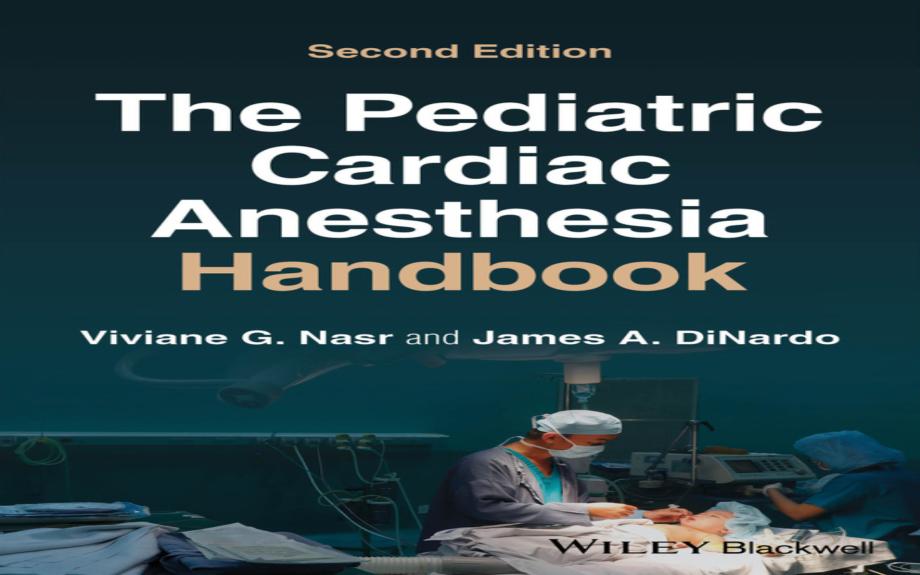A concise yet comprehensive overview of the anesthetic management of pediatric patients with congenital heart disease
Designed for ease of use, The Pediatric Cardiac Anesthesia Handbook
is divided into two parts: Part One covers the basic assessment of
patients, including cardiovascular physiology, the pathophysiology of
coronary heart disease, preoperative evaluation, intraoperative
management, and interpretation of cardiac catheterization data. Part Two
contains templated chapters that address a variety of disorders,
allowing easy reference to anatomical and physiological features,
surgical therapies, anesthetic approach, and postoperative management.
Now in its second edition, The Pediatric Cardiac Anesthesia Handbook
contains new chapters on coagulation and blood management,
echocardiography, risk scoring systems, and postoperative critical care
management, as well as a completely revised chapter on mechanical
circulatory support.
Providing clear and reliable, this easily referable pocket-sized resource:
- Addresses
the additional complexities of pediatric patients and the anesthetic
considerations for non-cardiac surgery after heart and heart-lung
transplantation
- Provides
guidelines on specific lesions for the pediatric anesthesiologist
caring for cardiac patients presenting for non-cardiac surgery
- Contains
templated chapters that allow easy reference by members of the
multidisciplinary team, such as cardiologists, cardiac intensivists,
perfusionists, and surgeons
- Features high-quality illustrative echocardiographic images in every chapter and bulleted content designed for rapid reference
Written by an expert author team at the world-renowned Boston Children’s Hospital, The Pediatric Cardiac Anesthesia Handbook
is a must-have guide and study aid for anesthesiology and cardiac
critical care trainees and practitioners who manage patients with
congenital heart disease.

